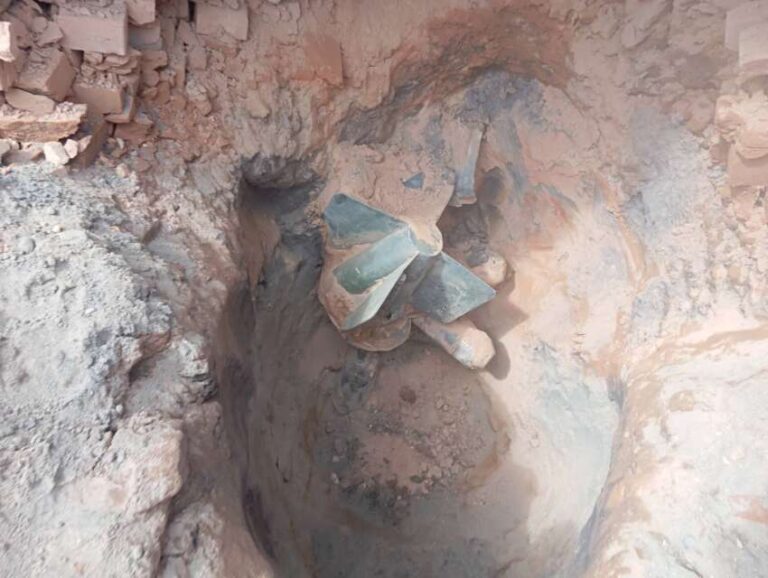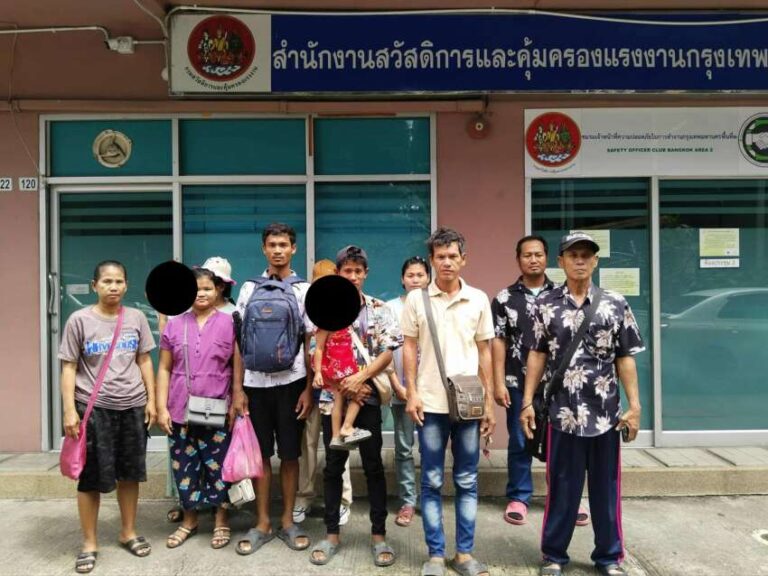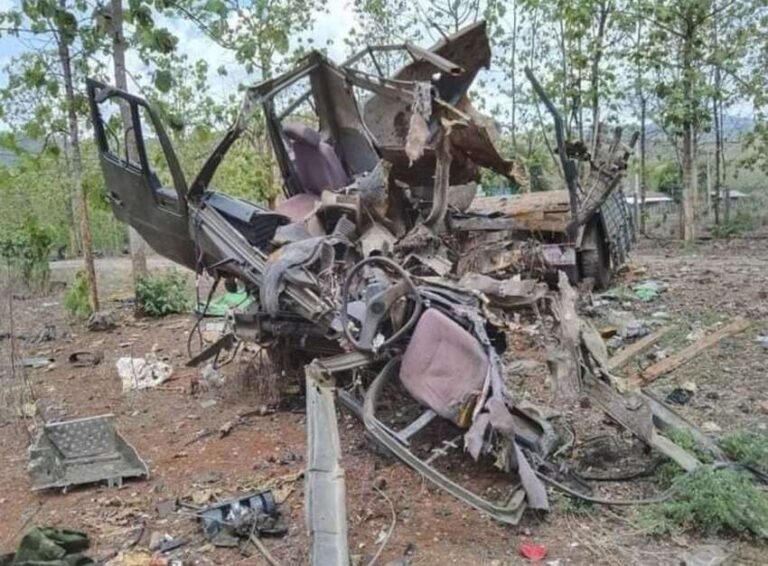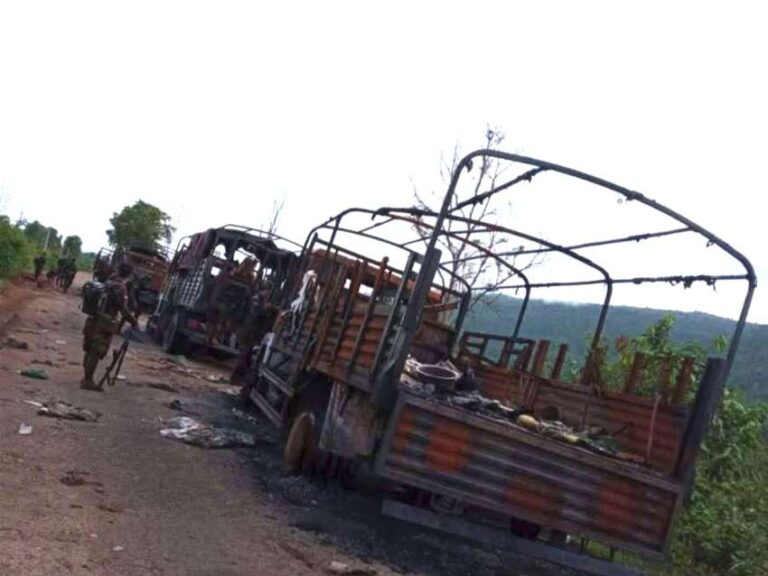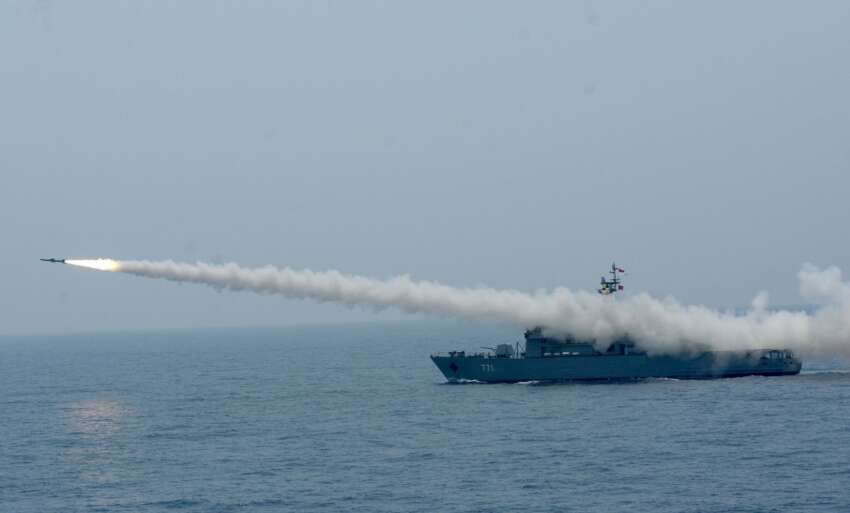
Military council naval vessels launched artillery attacks on Gyeiktaw Ward in Ngapali, Thandwe Township, Rakhine State, resulting in damage to civilian homes according to local residents. The attack occurred around 3:30 PM on August 2nd, when military vessels fired heavy weapons from the sea toward Gyeiktaw Ward. The shelling caused damage to several residential buildings and forced local residents to flee in panic.
According to a local resident, the naval vessels conducted the bombardment from a considerable distance, appearing only as hazy silhouettes on the horizon. The artillery shells landed in Gyeiktaw Ward, producing extremely loud explosions. While the shelling damaged homes, there were no reported civilian casualties. However, local residents were forced to evacuate to safer areas. The military vessels fired twice, at 3:35 PM and 3:37 PM, with the shells landing in Gyeiktaw Ward No. 4. Additionally, on July 20th, three military vessels had approached the Ngapali beach area from far offshore, causing anxiety among local residents.
The Arakan Army (AA) had previously captured Thandwe Township on August 30, 2024, including the seizure of Maung Shwe Lei Naval Base and Ngapali Airport. The military council has declared a state of emergency in 63 townships across 9 states and regions, including townships in Rakhine State that are under AA control. Political analysts suggest that this declaration, made on July 31st, indicates the military council’s plan to launch major counter-offensives within 90 days to retake territories controlled by revolutionary forces.
The military council continues to conduct airstrikes and drone attacks on civilian villages in Kyaukpyu Township, where clashes with the AA are ongoing. The AA currently controls multiple townships in Rakhine State, including Ramree, Pauktaw, Ponnagyun, Rathedaung, Gwa, Maungdaw, Buthidaung, Kyauktaw, Minbya, Myebon, Mrauk-U, Thandwe, Ann, Taungup, and Paletwa. The situation represents a significant challenge to military council control in the region, with civilian populations bearing the brunt of ongoing military operations.
